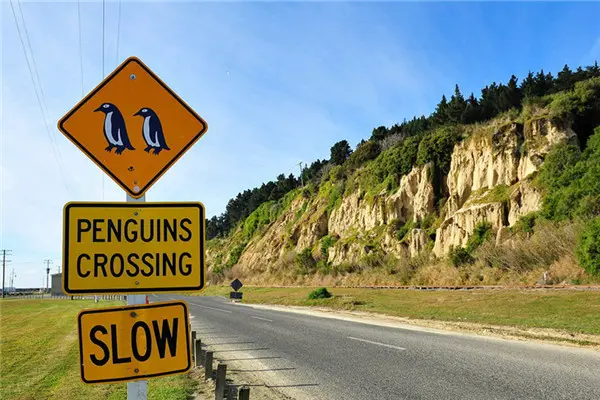Last year was New Zealand's hottest year on record, government scientists said Monday, renewing fears over accelerating global warming and its effect on the country's unique wildlife.
Annual temperatures were 0.51 degrees centigrade to 1.2 degrees centigrade above the annual average throughout the country, said the annual climate summary of the National Institute of Water and Atmospheric Research (NIWA).
A very few locations observing near average temperatures, within 0.5 degrees centigrade of the annual average, or lower.
The year 2016 was the warmest on record for New Zealand since NIWA's temperature series began in 1909.
The record annual temperatures for 2016 were in line with the warmest year globally, Jim Salinger of the University of Otago geography department, said in a statement.
"New Zealand and the globe trends reflect that the record greenhouse gases levels now are warming our climate. At the same time, the Southern Alps permanent ice volume has reduced to approximately a fifth of that in the late 19th Century. These observations are all signals of accelerating global warming locally," said Salinger.
"As well, warmer seas around New Zealand and more northerly and northwesterly winds over the country contributed to the record warm year. This is very much a clarion call for action on both mitigating and adapting to climate change."
Increasing temperatures would have disastrous consequences for New Zealand's wildlife unless the government acted urgently to cut emissions and fund environmental research, the Forest & Bird environment group said.
Yellow eyed penguins, the kea, which is the world's only alpine parrot, and the tuatara, the last survivor of a group of reptiles that existed alongside dinosaurs, were already showing signs of climate change-induced stress, chief executive Kevin Hague said in a statement.
"In the face of the undeniable and unique impacts of climate change on this country it seems extraordinary and indefensible that New Zealand has been one of the slowest developed nations to act," said Hague.
Yellow-eyed penguins were on the verge of extinction, with research suggesting one of the reasons was mass starvation due to the changing climate.
The sex ratio of baby tuatara changed with temperature with more males developing when it was warmer, which would spell the end of the species.
Kea would face more predation from introduced predators as warmer temperatures allowed pests like rats and stoats to live at higher altitudes.
"New Zealand needs more science to help us predict the impact of climate change on native species, a plan to deal with the impacts of climate change on our natural world, and to urgently cut emissions," said Hague.
(APD)
 简体中文
简体中文

